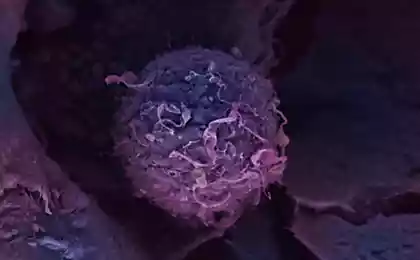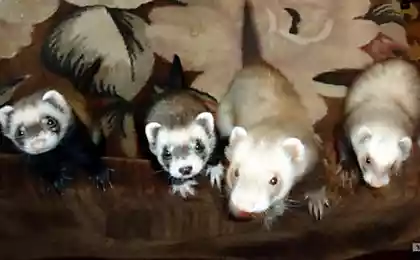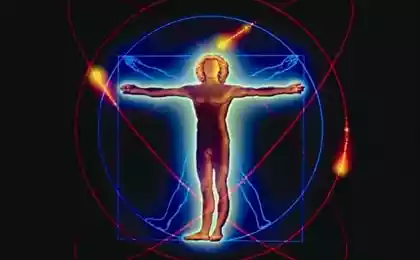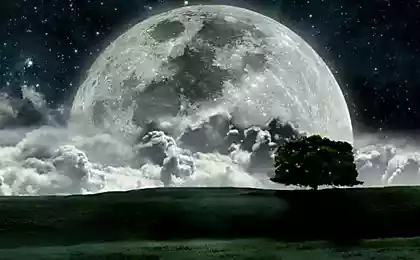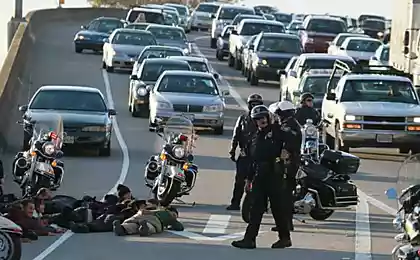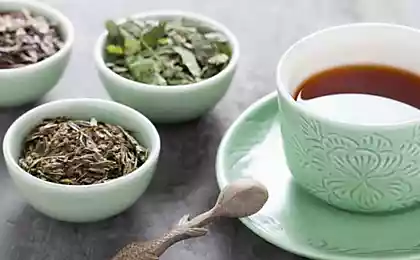934
At the University of California at Berkeley have created a heart on a chip: living cells pulsate and react to drugs

A team of scientists from Berkeley «упаковала» living cells in a chip , and those formed fabric capable of pulsing and responsive to stimuli.
24 hours after cell loading device they began to pulsate at a frequency of 55 to 80 beats per minute - a normal pulse for an average adult human. Scientists have discovered that the system response to the impact of drugs can be predicted, for example, after a half-hour exposure to isoproterenol, which treat bradycardia, "heartbeat" on a chip quickened from 55 to 124 beats. The device used to offer checking drug reactions - so it will be possible to abandon animal experiments.
"Cardiac micro-physiological system" is designed so that the silicon base location and repeats the positioning of tissue in the human heart. By means of the conical tube loaded based scientists desired number of layers. Microchannels allow to imitate the process of exchange of nutrients and drugs in human tissues.
Because of the impossibility of the early stages of the drug in humans to test drug development may come to nothing. On average, the creation of a new drug in the United States spent $ 5 billion, of which 60% - on research and development. Using the model of the human body will reduce costs and reduce the cost of withdrawal of the drug on the market. There is an alternative in the form of animals, but scientists from Berkeley were problems of this method, for example, because of differences in the structure of ion channels between the hearts of humans and animals electric current is conducted with varying intensity, and it is not the only difference that can be identified in the course of testing drugs. Scientists see a clear advantage in the models of on chips.
Source: geektimes.ru/post/247198/


